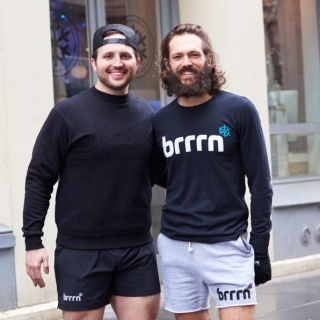Randi Zuckerberg's Blog, page 4
January 16, 2019
Radio Recap: Ford at NAIAS 2019

Randi is broadcasting live from Detroit at the North American International Auto Show where, for over a century, this automotive event of the year has been held.
Here is where the world’s top automotive and technology executives, designers, innovators and engineers appear on the global stage to debut brand-defining vehicles and industry-disrupting announcements. Since 1965 this show has been held at Cobo Center where it occupies nearly 1 million square feet of floor space.
With over 800,000 attendees last year, NAIAS is looking to bring in more to this year’s show which marks the end of an era as the 2020 NAIAS will skip the cold weather and move from January to June. NAIAS has been around since 1907—except for during World War II.
This Detroit auto show presents six shows in one, including: The Gallery, an ultra-luxury automotive event which marks its 30thyear at NAIAS; AutoMobili-D, an inside look at future mobility platforms; Press Preview; Industry Preview; Charity Preview and then concluding with a nine-day Public Show ending on January 27th.
Randi spoke with the team at Ford, including Executive Chairman William Clay Ford, Jr, about Ford’s revolutionary undertaking with Michigan Central Station, the unveiling of their 2020 Explorer, autonomous vehicles and the future of mobility, so stay tuned to hear more about all the exciting announcements coming to you from Ford and the 2019 North American International Auto Show.
And, as a special bonus, here are my 10 Reasons to Get Excited About Self-Driving Cars!
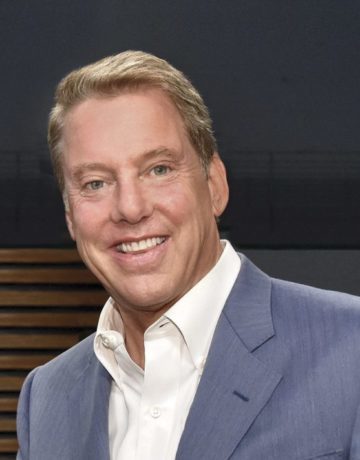
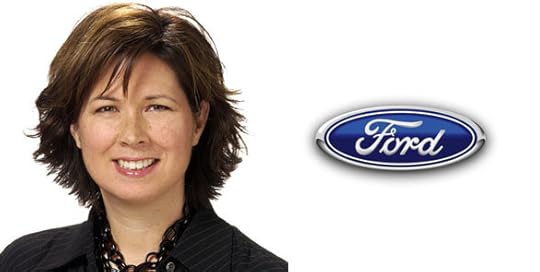

January 9, 2019
Radio Recap: How to Really Keep New Year’s Resolutions

Every New Year calls for resolutions—a tradition passed down from ancient Romans, Babylonians and Medieval knights. No one knows exactly how their success rates fared but if they’re anything like modern Westerners—where our gym membership dues are paid but we stop showing up— then we may simply be following the footsteps of failure OR, to look at it with a business lens, we may just be off in our strategizing. So what might help us be more successful? For answers, we can look at a report published by the University of Scranton where researchers tracked the self-change efforts of 213 New Year’s resolution-makers—ranging from 16 to 75 in age—over a two-year period. They found that over three-quarters of the testers kept their pledges only for the first week and then rates steadily went down; two years later, only 19% kept the resolution. So what were the resolutions of the 19%? Realistic goals broken down into smaller chunks like ‘clean out the garage by May’ or —like my own resolution—contact three people in my network a day.
Today, I’ve had two excellent guests to help you stick to your goals, whether they be for the New Year or not. Psychotherapist Amy Morin, author of the ’13 Things Mentally Strong People/Parents/Women Don’t Do’ series, and Dave Asprey, founder of Bulletproof Coffee and Author of Game Changers: What Leaders, Innovators, and Mavericks Do to Win at Life.’
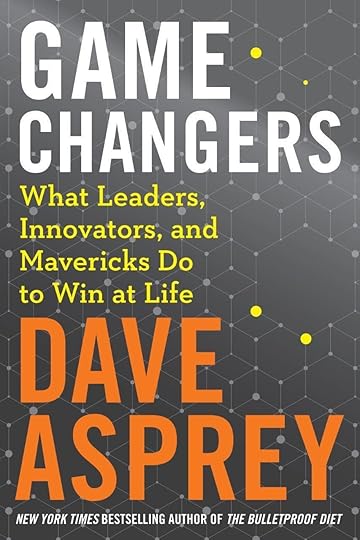
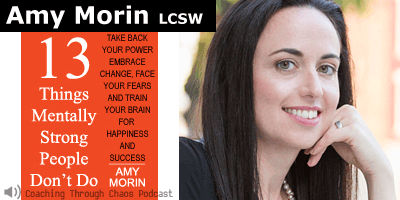
January 2, 2019
Radio Recap: Introducing Zuckerberg Institute!
 2019 is the year of the network. Whether you’re networking to further your career or you want to meet new people to expand your horizons—we network because we need to get something done and we can’t do it alone. But don’t be fooled by the allure of open bar parties and hiking Meetups to get your network on, efficient networking isn’t merely partying, it takes hard work.
2019 is the year of the network. Whether you’re networking to further your career or you want to meet new people to expand your horizons—we network because we need to get something done and we can’t do it alone. But don’t be fooled by the allure of open bar parties and hiking Meetups to get your network on, efficient networking isn’t merely partying, it takes hard work.
Networking at its core is a transaction: the person we want to meet has something we want, and we offer something of value to them in return. So we have to figure out what they may want from us and we have to figure out what we want from them, and finally we have to approach the situation in a way that isn’t aggressive, annoying–or worse–unsuccessful. Therein lies the work. While it may be uncomfortable to consider relationships to be work based on a transaction, the lack of a strong network can make or break your business, delay your growth, or stymie your career.
That’s why I’m proud to kick off the new year with the announcement of Zuckerberg Institute – a master class community for entrepreneurs to connect with business leaders and mentors to scale their ideas with those who’ve already built successful companies. Here with me to discuss the launch of Zuckerberg Institute are co-founders Brian Patrick Murphy and Michael Littig.
December 19, 2018
Radio Recap: mHealth Apps

Mobile Health—or mHealth— is one of the fastest growing markets for new technology because it allows people to manage all aspects of their health and wellness from their phone. mHealth includes everything from wearables which track how we’re moving and what we’re eating, to digital apps which teach us how to keep our mind calm and stay fit. mHealth tech not only has the potential to transform healthcare and increase its quality and efficiency, mHealth allows people to adapt a disease or health condition TO their life—not have to adapt their life around their condition. The global mHealth market is growing rapidly and is expected to expand to nearly $111 billion by 2025, with Fitness apps accounting for the largest market share.mHealth can create jobs and economic growth by combining medical devices, pharmaceuticals, biotechnology, and healthcare network sectors combined.
Today I discussed the mHealth industry with Ethan Agarwal, Founder and CEO of Aaptiv, an app that offers users a selection of audio-based, personal-trainer-led workouts that also monitors users as they progress through them. Also MJ Gottlieb, Co-Founder and CEO of Loosid, an app that provides a social community to those who are sober living.
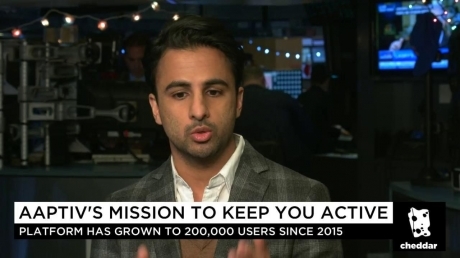
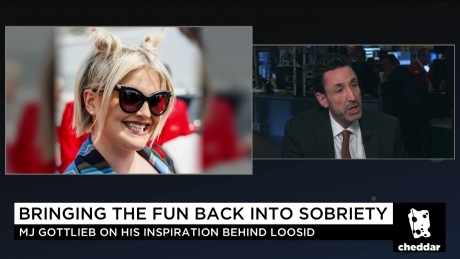
December 13, 2018
Radio Recap: Women of Blockchain
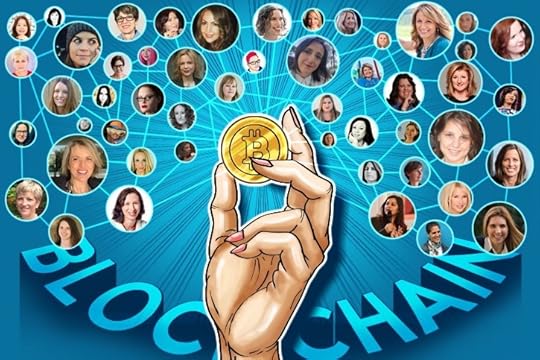 According to Bitcoin news outlet, CoinDance, as of May 2018, 95% of Bitcoin engagement and participation comes from men and only 5% from women. The related world of cryptocurrency is filled with tales of “Blockchain Bros” takeovers, like at a recent Bitcoin Conference where only 3 women spoke out of the 88 listed. Another crypto-conference held their party at a strip club. And big tech companies themselves have time and again failed to hire women for projects, promote women to management or place women in board positions. But blockchain is changing all that.
According to Bitcoin news outlet, CoinDance, as of May 2018, 95% of Bitcoin engagement and participation comes from men and only 5% from women. The related world of cryptocurrency is filled with tales of “Blockchain Bros” takeovers, like at a recent Bitcoin Conference where only 3 women spoke out of the 88 listed. Another crypto-conference held their party at a strip club. And big tech companies themselves have time and again failed to hire women for projects, promote women to management or place women in board positions. But blockchain is changing all that.
When blockchain first came into prominence, its early proponents were overwhelmingly male, but nowmore and more women are running the show, take IBM for instance where the General Manager of Blockchain is Marie Wieck, and the Blockchain Offering Leader is former Dot Complicated guest Kathryn Harrison and the CEO is of course the infamous Ginni Rommety. AndEmilie Choi—the former Vice President and Head of Corporate Development at LinkedIn— joined Coinbase in March 2018, moving from the professional networking platform’s staff of over 13,000 to a startup with less than 500.
Discussing women in blockchain are Breanne Madigan, the Head of Institutional Sales and Strategy at crypto company, Blockchain, and Casey Taylor, Digital Currency Group’s Director of Development.
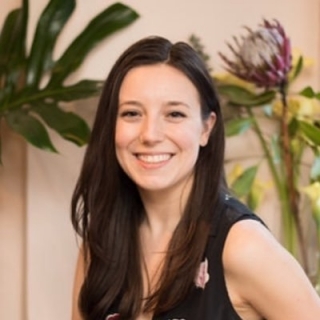
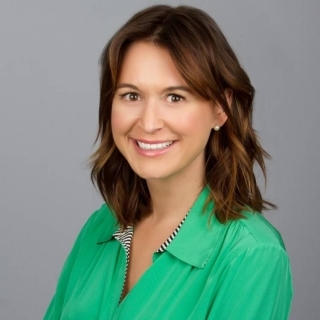
December 3, 2018
Radio Recap: The Gold Business

Gold and silver were the primary form of money for centuries. Even the word “gold” still triggers thoughts of wealth. It took several centuries for people to shift from precious metals to adopting paper money, which didn’t hold the intrinsic value like gold does. This led to the ‘Gold Standard’ where paper money was backed by gold and silver stored in treasury vaults.
Then, at the end of World War II, a new system was introduced—the Gold Exchange Standard allowed countries to fix their country’s exchange rates to the US dollar which was, in turn, convertible to gold at a fixed rate and was available to centralized banks only. But in 1971, the Bretton Woods Gold Exchange Standard ended when the US dollar convertibility to gold was terminated.
Now paper money is no longer backed by anything other than faith and is better known as fiat currency, where governments assign value to a currency declaring it a legal tender—think the US dollar and the Euro. Yet there are many countries around the world where local currencies hold hardly any value so people prefer to keep savings in hard currency like gold.
Discussing the business of gold is Roy Sebag founder of Mene, a gold jewelry company that aligns its prices with actual weight and value of the day, and Daniela Cambone, Editor in Chief of Kitco News, a news, commentary, and financial market wealth of information on all things gold.

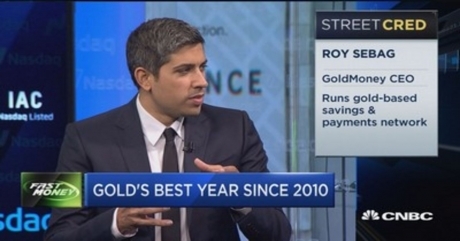
November 28, 2018
Radio Recap: Human-Computer Interaction

Imagine you go to three different restaurants and order something spicy at each one. At the first restaurant, you have to call for the waiter to get you a glass of water. At the second restaurant the waiter, knowing your food is spicy, asks you if you’d like a glass of water. And at the third restaurant, even before you ordered your spicy meal, the waiter asks you if you need a glass of water. In all the three examples, the Interface — or waiter— is responsive, but something sets the three situations apart: At the first restaurant, through a series of interactions, you, the User, asked the waiter, or Interface for what you needed. At the second restaurant, the Interface was smart enough to understand what the User wanted, even without interaction. And at the third restaurant, the Interface was hard-wired to deliver to the User, even if it wasn’t necessary. This is how HCI, or Human-Computer Interaction, works.
When it comes to computers and computing devices, good, responsive interfaces are crucial, just like with good customer service. Today there are several million examples of great interfaces—and even more millions of examples of bad ones. Here with me to discuss Human-Computer Interaction is Florian Schaub, the Associate Professor of Information at University of Michigan, and D. Yvette Wohn, Assistant Professor of Human-Computer Interaction at the New Jersey Institute of Technology.
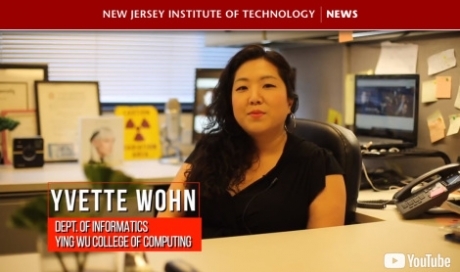

November 21, 2018
Radio Recap: Teen Tech Titans

There is no lack of negative stereotypes surrounding teenage girls: Even Former Secretary of State, John Kerry, likened all teenage girls to having insecurity problems. While teen girls often get stereotyped as moody, dramatic, or irritable, these stereotypical archetypes of what a teenage girl is does not represent the tremendous growth and amazing accomplishments they are making—particularly in the tech industry. Arecent studyby Microsoft and KRC Research revealed one of many reason girls have a hard time picturing themselves in STEM roles is due to a lack of female role models, and without positive female role models in these fields girls lose interest in STEM and computer science as time goes on.
In middle school, 31% of girls believe that jobs requiring coding and programming are “not for them.” In high school, that percentage jumps up to 40. By the time they’re in college, 58% of girls count themselves out of these jobs. But girls who know a woman in a STEM profession are substantially more likely to feel empowered when they engage in STEM activities than those who don’t.
So today we’re celebrating teen girls who are powerful role models, taking action and changing the world in incredibly positive ways using technology. Here with me is Natalie Hampton, creator of the app Sit With Us, Amanda Southworth of Astra Labs, and rounding out the discussion is TEDxTeen curator and Executive Director of We Are Family, Jess Teutonico

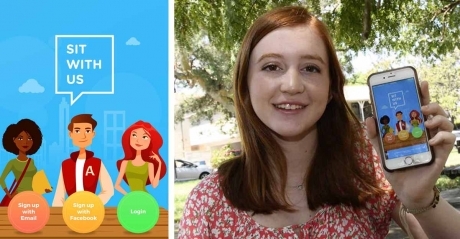

.
November 12, 2018
Radio Recap: For Women by Women

Currently, three out of 10 American businesses are owned by women; women-owned businesses are 1.7x more productive than male owned businesses; women-owned businesses contribute over $1 trillion to the economy and employ 8 million Americans. Meanwhile global spending by women is set to be approximately $18 trillion this year—driving 70-80% of all consumer purchases. Given the size of this market and the success of entrepreneurs catering to this market, it’s no wonder more female run businesses are following a ‘for women, by women model.’
So how do female-run businesses best cater to the needs of the female consumer, and how can all business owners think about the individual needs of women as a collective? Bumble, Spanx, ElleVest—those are just a few ‘for women, by women’ run businesses—and you’re about to meet three more.
Katya Libin and Amri Kibbler are co-founders of HeyMama, a global online village for mothers in business. HeyMama boasts 800-plus members who are CEOs, entrepreneurs, artists and more. Also joining the show later in the hour is Vicki Saunders, founder of She-EO, a women-to-women investment fund.


November 6, 2018
Radio Recap: The Future of Fitness
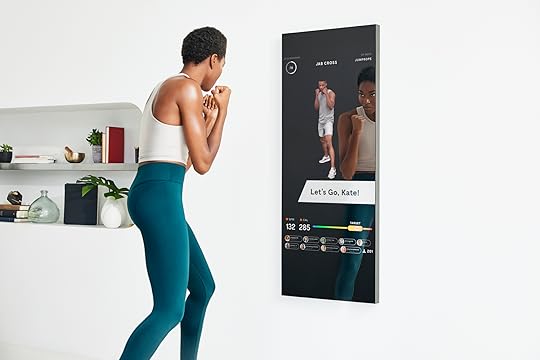
Business is booming for the health and fitness industry, which topped a whopping $30 billion this year. Many say fitness is an internet-resistant sector because it’s one that actually requires a human interface to work. After all, you can’t get in shape just lying there, right? Actually it turns out you can.
We’ve come a long way since analog weight loss devices like Thighmasters, Shake Weights, and even jump ropes. Innovation has upped the ante from treadmills, ellipticals and stair climbers to what I like to call Fitness X. Now with the push of a button, a flick of a switch or environmental conditioning there are endless options for how to get your work out on, whenever and wherever is most convenient for you. From your home, to the office, to the park, the days of the gym are over. Not only has technology simplified driving, shopping, and virtually every other active aspect of life, it’s given us a’ No Excuses’ policy when it comes to our health.
So how is the fitness future changing the game? Today four fabulous fitness business owners discussed how they’ve broken the mold of the industry and how they got there.
Here with me to discuss the future of fitness are cold workout founders of Brrrn, Jimmy Martin and Johnny Adamic. Brynn Putnam, Founder of DIY futuristic home-workout MIRROR, and founder of urban sweat lodge Shape House, Sophie Chiche.


